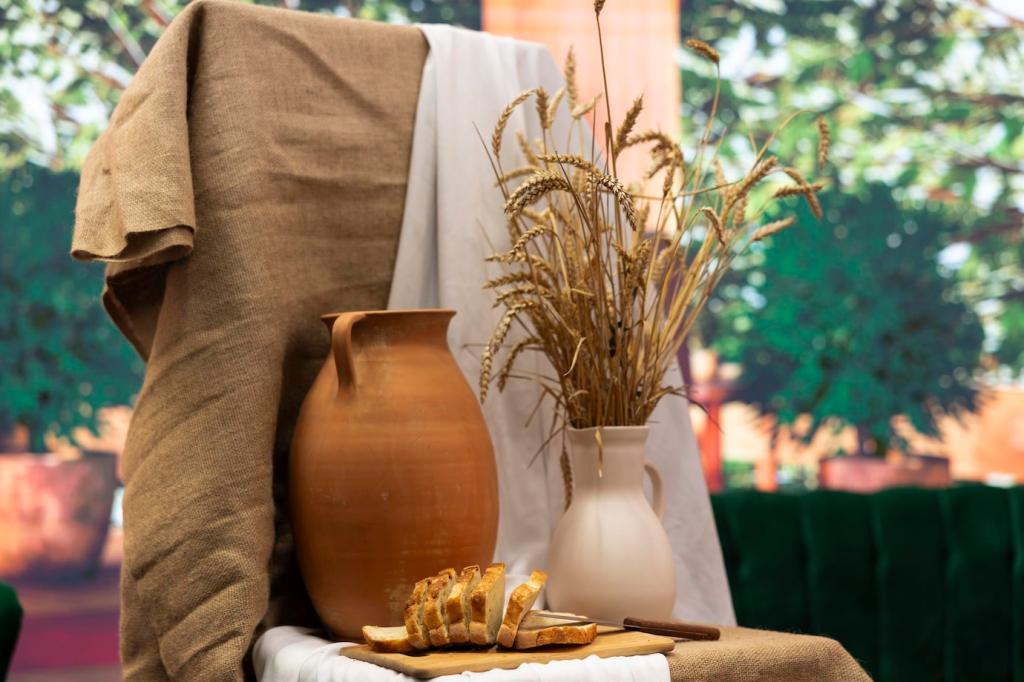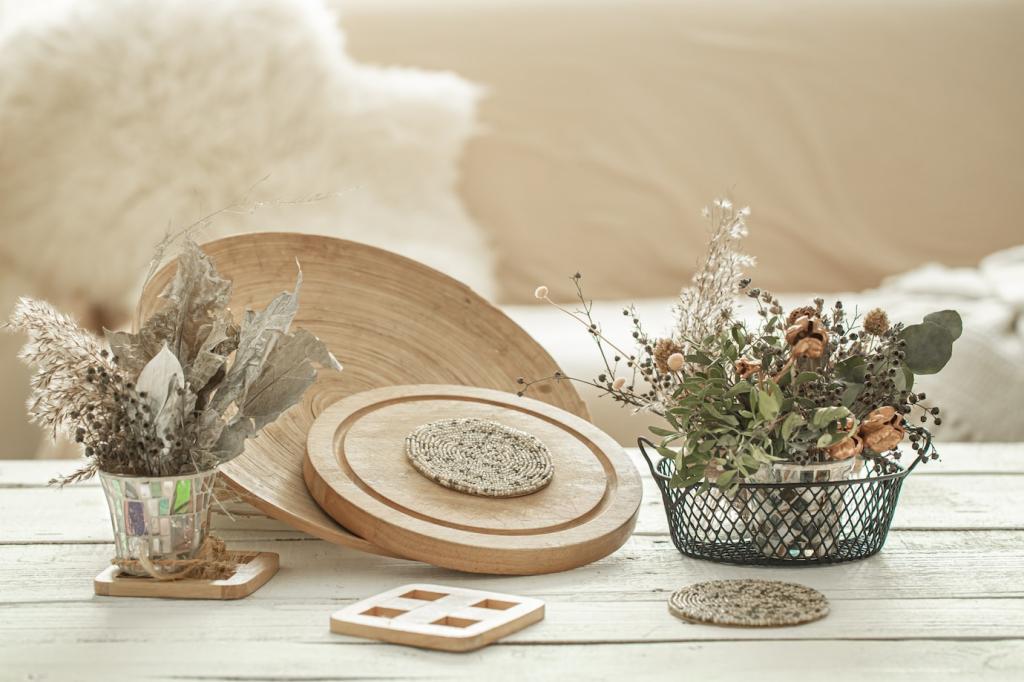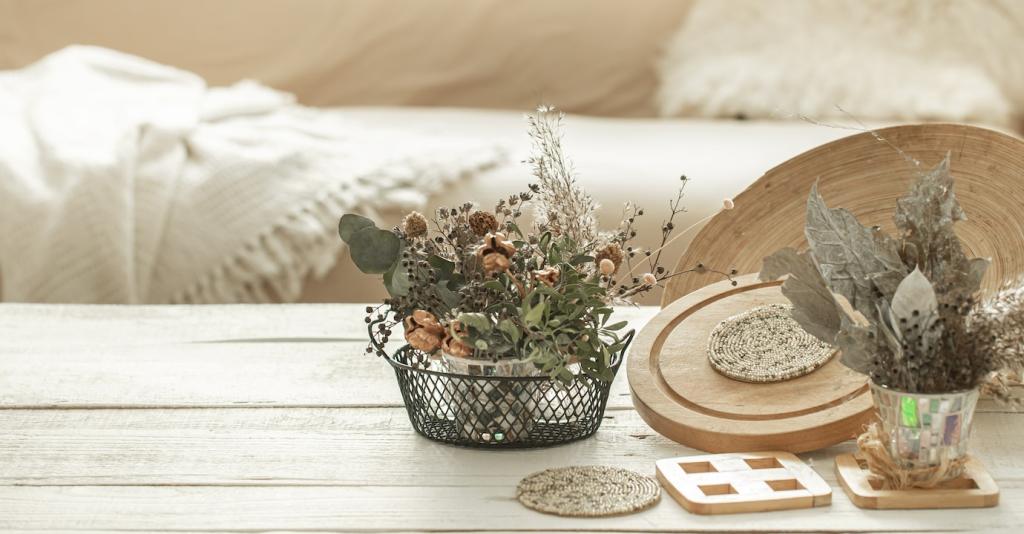Why Eco‑Friendly Home Renovations Matter
Insulation, air sealing, LED lighting, and efficient appliances reduce waste at the source, lowering bills month after month. Small upgrades accumulate over time, compounding savings while shrinking your home’s carbon footprint without sacrificing comfort, beauty, or everyday convenience.
Why Eco‑Friendly Home Renovations Matter
Low‑VOC paints, formaldehyde‑free cabinetry, and balanced ventilation help reduce indoor pollutants that can trigger headaches or allergies. Cleaner materials plus steady fresh air create calmer rooms, clearer breathing, and peace of mind every time you close the front door.






